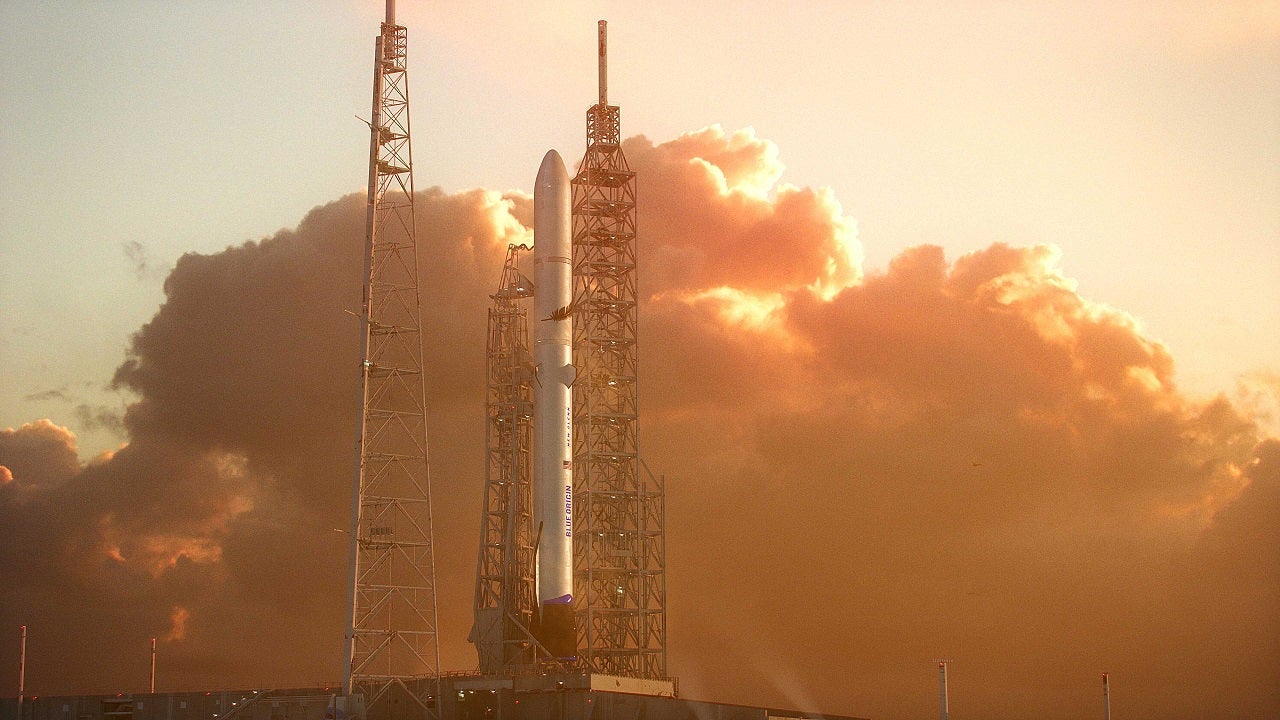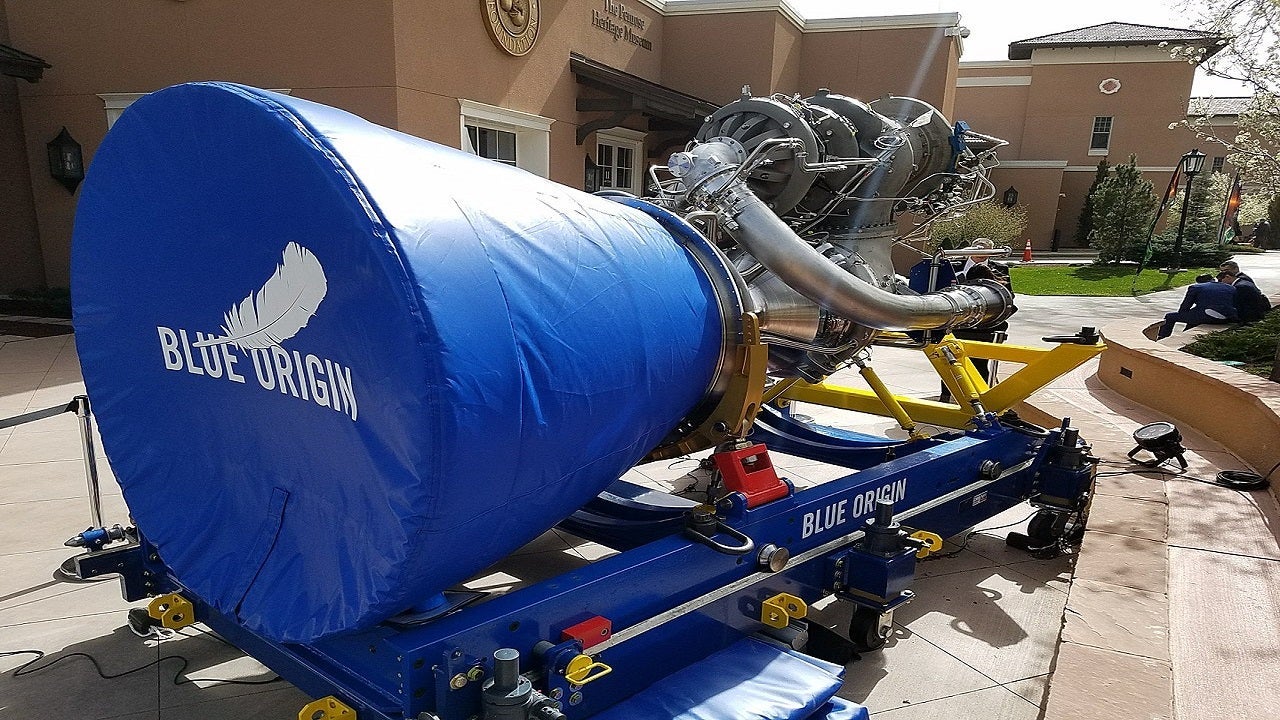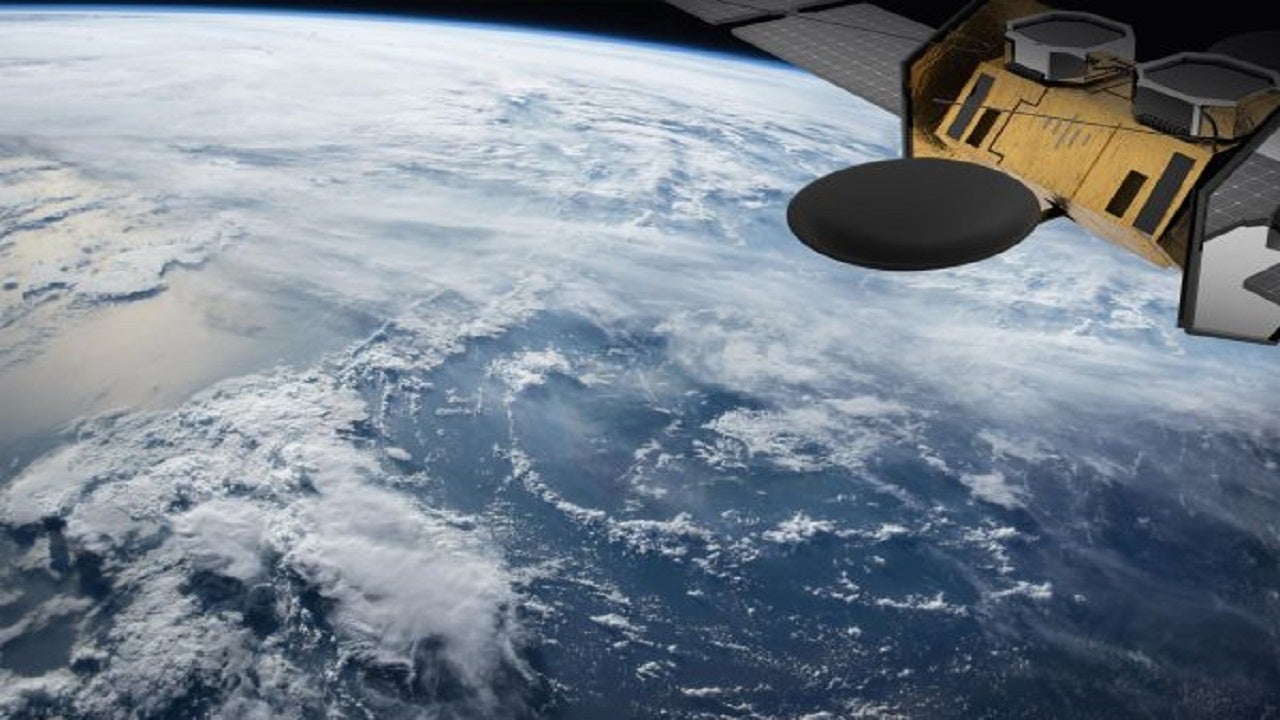New Glenn is a single configuration heavy-lift launch vehicle being developed by Blue Origin, a spaceflight services provider based in the US. It will have the capacity to carry payloads and people to the earth’s orbit and beyond.
The New Glenn launch vehicle will feature a fully reusable first-stage booster, which will last up to 25 missions, making it suitable for a range of space launch markets. The reusable component of the rocket will enable access to space at a lower cost.
The rocket’s high-performance configuration is designed to meet the needs of all civil, commercial, and national security customers.
mu Space announced the launch of a geostationary satellite on board the New Glenn in 2018.
In December 2020, Blue Origin was awarded a Nasa Launch Services II (NLS II) indefinite delivery indefinite quantity (IDIQ) contract to launch planetary, exploration, earth observation, and scientific satellites for Nasa.
Development of New Glenn launch vehicle
Design work on the launch vehicle began in 2012 and the rocket was named New Glenn in honour of the astronaut John Glenn in September 2016.
The project received an investment of $2.5bn to date. The launch vehicle is expected to perform its first flight in 2021.
The New Glenn launch vehicle will be manufactured, integrated and operated at a 180,000m² complex on Florida’s Space Coast in the US. The complex will also be used for launch and mission control centres.
The rocket will be lifted off from the Launch Complex 36 at Cape Canaveral, Florida. The company is considering the Vandenberg Air Force base for launches to high-inclination polar orbits.
New Glenn launch vehicle design details
The New Glenn launch vehicle is a reliable and low-cost two-stage launch vehicle system. It is designed to launch and land in almost all weather conditions and heavy sea-states.
The New Glenn’s 7m fairing offers more than twice the usable payload volume of the existing launch vehicles, providing more space for satellites and the freedom to build in more capacity.
The rocket can carry payloads of 45t to low earth orbit and up to 13t to geostationary transfer orbit.
New Glenn launch vehicle operation
The reusable first stage of the vehicle needs minimal maintenance and inspection between flights. It is designed to be landed on a moving ship with the help of an aft module with six hydraulically actuated legs. The vehicle’s two wing-like strakes will provide lift and cross-range for the first stage during its flight back to earth.
The hydrogen upper stage is made for carrying challenging and highly energetic missions to low earth orbit, medium earth orbit, geostationary equatorial orbit, and beyond.
The launch vehicle will feature four forward fins, which are actuated aerodynamic control surfaces, facilitating altitude adjustment during descent and landing of the first stage.
After the stage separation, the first stage will be flown back to the earth where it will land approximately 1,000km downrange on a moving ship.
The second stage engines will subsequently ignite and the 7m fairing will be separated. The mission achieves completion after the payload is safely delivered to orbit.
Propulsion system
The New Glenn will employ a high-reliability, all-liquid propulsion system. Its first stage will be powered by seven reusable and throttleable BE-4 liquefied natural gas (LNG) / liquid oxygen (LOX) engines, delivering a total thrust of 17,000kN at sea level.
The upper stage will be powered by two BE-3U LH2/LOX engines, while the second stage will be powered by two re-ignitable BE-3U engines, generating 1,100kN of thrust.
The BE-4 engine uses LNG due to its high efficiency, low cost, and easy availability. LNG can be used to self-pressurise its tank and simplify the process of engine reuse because of its clean combustion attributes even at low throttle. It eliminates the need for systems operating on the planet’s limited helium reserves.






